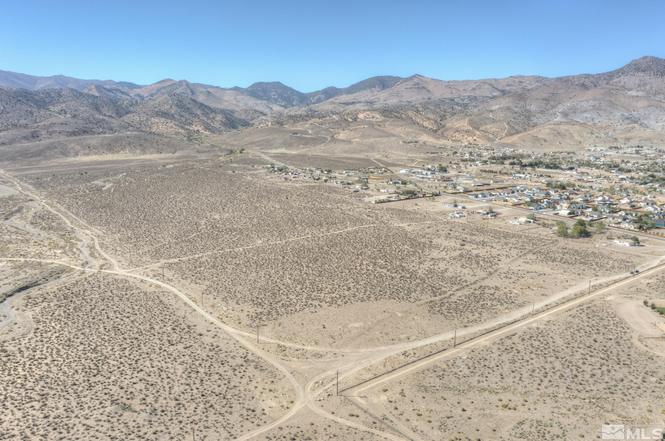

Each year, Net Metering Reserve kWh that remain after March 31st will be reset to zero.The two factors used in the calculation of taxes are the assessed value of the property and the levy rate for that area. Net metering kWh that remain after the monthly aggregation process is complete will be “banked” as kWh in the Net Metering Reserve. This reserve can be drawn from and applied to subsequent billing periods to cover additional kWh that are used.
SNOHOMISH COUNTY PARCEL SEARCH MANUAL
There is an annual fee of $30 per meter for this manual process. Solar customers who joined the net metering program prior to Jmay be grandfathered into annual net metering aggregation if they do not qualify for monthly aggregation as defined in Senate Bill 5223. Do not need to be on the same billing schema (rate) as the designated net meter.Must be on the same parcel or on a contiguous property as the designated net meter.Must be on the same contract account as the designated net meter.Requirements specify meters that can be aggregated: Please contact your tax accountant for further information.Īs of July 1, 2019, monthly net metering aggregation is available at no cost for eligible solar customers. (Sources: IRS.gov & Homeowner’s Guide to the Federal Tax Credit for Solar Photovoltaics ) The tax credit expires starting in 2035 unless Congress renews it. There is no maximum amount that can be claimed. To learn more, visit the Washington State University Energy Program.Ĭongress passed an extension of the Investment Tax Credit (ITC), raising the tax credit to 30% for solar systems installed between 2022-2032. (Systems installed on or before December 31, 2019, were also eligible for a 30% tax credit.) It will decrease to 26% for systems installed in 2033 and to 22% for systems installed in 2034. December: PUD issues payments in check form, which arrive to customers by mid-month in the mail.October: WSU provides PUD with a list of incentive payments for all eligible solar customers.August: By mid-month, PUD provides production data for all solar customers to WSU.July: Upload June 30 read to MV90, an interval data collection tool.June: PUD collects normal meter reads for all customers.Here’s a high-level timeline of how that process works: Washington State Renewable Energy System incentive programĪs of June 14, 2019, the Renewable Energy System incentive program is no longer accepting new applications.įor existing PUD solar customers who are a part of the Renewable Energy System incentive program, we report production data to Washington State University. This is why we recommend you size your PV system to generate no more than your average annual use.įor questions, contact the PUD Energy Hotline at 42. Per state law, net metering reserve credit expires on March 31 of each year. The PUD does not compensate customers this excess generation, and customers may not “donate” their generation to other PUD customers. The net metering reserve allows you to roll over credit from net metering to apply to energy charges in another bill period.
/company_164/848415.jpg)
All PUD customers pay a minimum energy charge – solar cannot offset this. If you produce more energy than consumption associated with minimum energy charges within a given bill period, your net excess generation is monetized and banked in your net metering reserve. If you use more energy than you produce during a given bill period, you pay the PUD for your net purchase. Washington state’s net metering policy is designed to let customer-generators offset their electricity consumption with energy production on an annual basis.


 0 kommentar(er)
0 kommentar(er)
